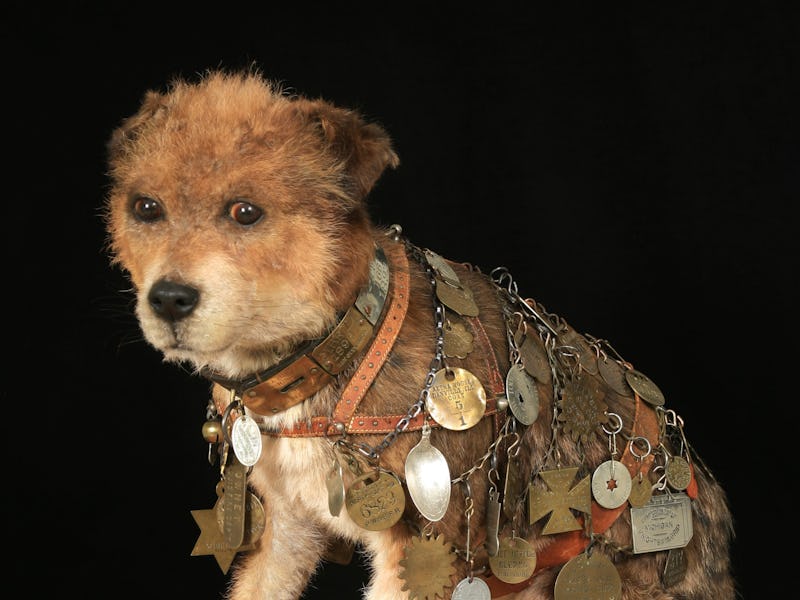The Internet gets more fun as Smithsonian makes millions of historic images free
The Smithsonian has released nearly 3 million images for public use and more.

The Smithsonian announced on Tuesday that it is releasing nearly 3 million images and "nearly two centuries of data" for public use as part of an initiative called "Smithsonian Open Access." The institution will release more images throughout the year.
The Smithsonian claims this is the "largest and most interdisciplinary open access program to date" among museums and cultural institutions. It has released 2.8 million images and will surpass 3 million before the end of the year. Smithsonian Secretary Lonnie G. Bunch III explained why the institution is doing this in a statement.
"Open access is a milestone for the Smithsonian in our efforts to reach, educate and inspire audiences," Bunch said. "Through this initiative, we are empowering people across the globe to reimagine and repurpose our collections in creative new ways."
The collection includes 2D images, 3D images, research datasets and more. The content is related to art, science, technology, history and many other topics. You can even access 3D scans of dinosaur skeletons if you're thinking about doing a Jurassic Park kind of thing. Artist Amy Karle apparently used a 3D scan of a Triceratops skeleton to create nine sculptures that explore how technology has influenced evolution.
John Davis, interim director of the Cooper Hewitt, Smithsonian Design Museum, explained in a statement why open access is so important.
"Open access exemplifies the Smithsonian’s core mission: the ‘increase and diffusion’ of knowledge our institution has fostered for nearly 175 years," Davis said. "With Smithsonian Open Access, we’re inviting people everywhere to make that knowledge their own––to share and build on our digital collections for everything from creative works, to education and scholarly research, to bold innovations we have yet to imagine."
Interestingly enough, Google Arts & Culture was able to use machine learning to analyze the Smithsonian collection to do a project on early women scientists at the Smithsonian. The collection is now available via Google Arts & Culture, Wikipedia and other platforms.
This good boy was a mascot for mail clerks in the early 20th century
These images are sort of a Smithsonian-approved Wikipedia collection. Anyone can download them and alter them to fit their needs. The Smithsonian only exists because our tax dollars make it possible, so it only seems right that we would have free access to the content it's collected. This reminds me of the argument that we should have free access to the scientific research that's funded by the government.
We looked through some of the collection that the Smithsonian has released to see what it's like. The 3D images are particularly interesting, and you can view them from any angle simply by dragging your mouse across them. For example, I just enjoyed examining a 3D image of the 1903 Wright Flyer, which was the first successful aircraft to ever be flown.
See also: Read 55 of Stephen Hawking's Research Papers for Free
The Smithsonian has been around since 1846—back when ole James Knox Polk was president—so you can imagine the diverse array of historic images and objects it has in its collection. Open access is a great benefit to the public, and we're looking forward to seeing what else the Smithsonian adds to its database.